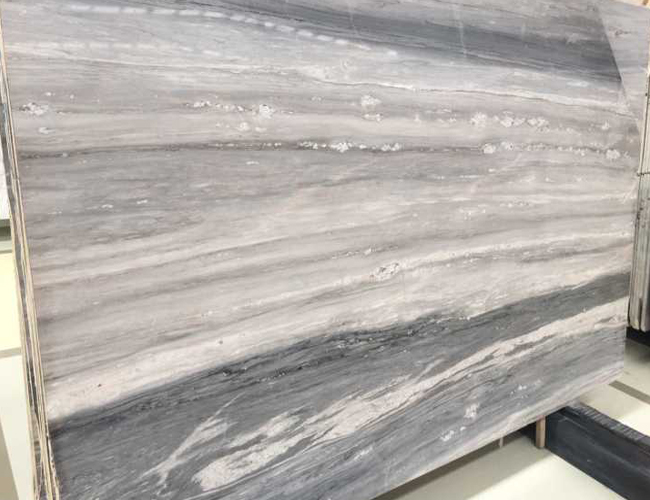Introduction

Palissandro Blue Marble is one of the most exclusive luxurious natural stones known for its aesthetic looks and strong physical properties. It becomes quite popular with many countries and becomes ideal for high-level architecture and design decoration. The paper tries to gather information based on the source, characteristics, area of application, and market relevance issues that are pertinent to underpinning reasons why the Palissandro Blue Marble is a standout among the exotic marbles.
Origins and Geographical Distribution
Formation
Palissandro Marble is actually a metamorphic rock that has undergone transformation by great heat and pressure. These change its crystalline structure and render it more durable for use in diverse applications. Mainly dolomite and calcite, the stone sparkles with a finishing structure that is strikingly tough.
Geographic Source
The marble is quarried from the Alps in North Italy, where other high-end marbles are also known to come from. This particular marble has found excellent conditions of climate and geological history for its development. Characteristically, it has swirls and color variations throughout the rock.
Physical and Aesthetic Characteristics

Color and Pattern
The color from light blue to dark blue in palette, with veins of white, pink, gray, is certainly the most eminent characteristic of the Palissandro Blue Marble. The Blue Palissandro Marble is characterized by vein and swirl whimsical, adding to the pattern typical for the marble, giving visual depth and texture, which causes the stone to be vivid and elegant. In fact, every slab of Palissandro Blue Marble is indeed unique, in the sense that no two pieces are the same.
Texture and Finish
Palissandro Blue Marble has fine-grained calcite and smooth finished texture stone that takes an excellent polish or becomes honed for a matte finish. It was observed that the finishing options available for Palissandro Blue Marble are plenty and they can easily fit within any type of design aesthetics, from traditional to modern.
Applications and Uses
Architectural Elements
Palissandro Blue Marble is very often used for load-bearing elements and structures since its strong-resistant characteristics easily hold loads. For example, in facades, pillars, or arches, where the beauty of the marble can be presented in great dimensions.
Interior Design
Palissandro Blue Marble is installed indoors as floors, wall cladding, and staircase covering in homes and commercial spaces. Some of the special surface materials that reflect light from the surface into the interior spaces include the reflective quality of this marble. It is also well-liked due to its unique patterning and coloring for use in statement pieces such as accent walls and reception desks.
Decorative Applications
In the furniture and decorative art sector, marble is also widely used. It is transformed into beautiful tables and ornamental objects, up to pure sculptural elements, which are the highlight of fine interiors.
Market Relevance and Availability

Demand in Luxury Markets
The demand for Palissandro Blue Marble is supported by requisitions, emanating from the luxury construction and renovation markets. This becomes a unique brand of its kind, and it is a sign of speciality, as Palissandro Blue is a very special and elegant stone; therefore, it is most used in high-level use areas such as high-class hotels, corporate headquarters, and private residence.
Availability and Cost
Although not as rare as some exotic stones, Palissandro Blue Marble is just rather limited in quarrying to still preserve the quality and sustainability. The complexity of the way it is extracted and processed also contributed as an important factor in determining the cost of the marble, adding to the premium value it holds in the natural stone market.
Environmental Impact and Sustainability

Quarrying Impact
Like in all quarry activities, the extraction of Palissandro Blue Marble brings with it environmental consequences such as habitat disruption and alterations in the landscape. However, quarries are usually under a very close environmental watch in Italy, which would mitigate the damage and even rehabilitate the mining sites.
Sustainability Practices
Further, the industry built around Palissandro Blue Marble adheres to growing sustainable features, including water recycling, dust control, and reduction of carbon footprints. Of course, they need to make sure it remains ecologically valid for a good deal in the future, given both marble quarrying and the Alpine ecosystem protection.
Conclusion
Blue Palissandro is much more than a building material; part of Earth’s history, transformed over eons, it has become today an especially remarkable visual feature that has added strength and thermal resistance to architectural and design projects.






